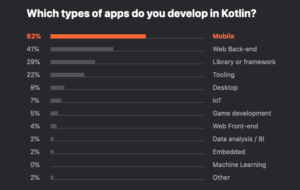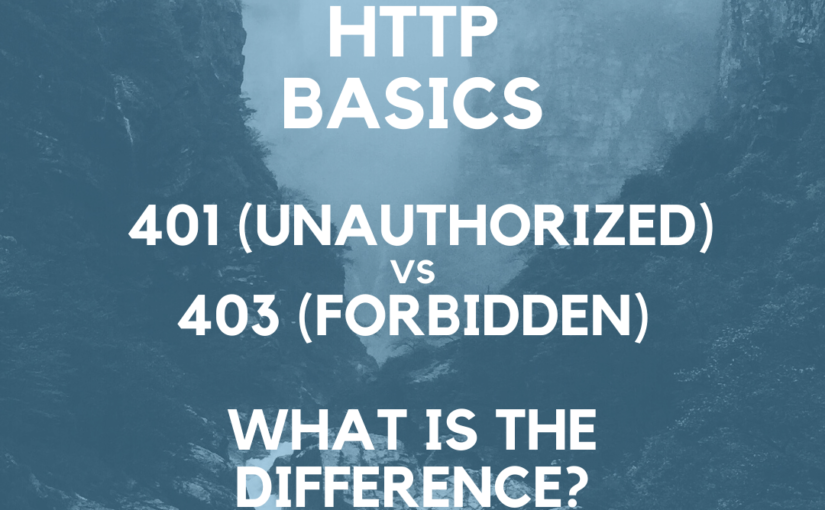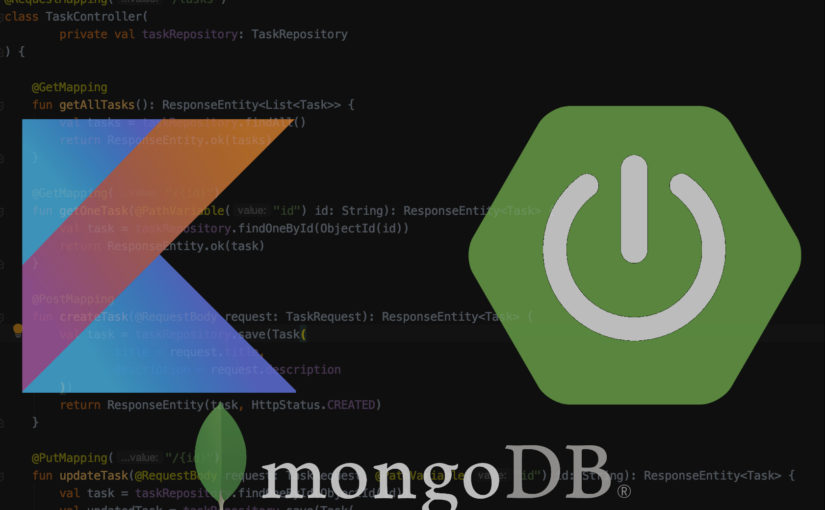Continue reading HTTP Basics – 401 Unauthorized vs 403 Forbidden – what is the difference?
Tag: http
HTTP Basics – 10 HTTP status codes you need to know
Let’s take a look at the HTTP status codes.
In this text I’m going to walk through the 10 most common status codes you may see working with HTTP.
I hope it will help you to understand how the HTTP works or refresh your knowledge and help you design better APIs.
Continue reading HTTP Basics – 10 HTTP status codes you need to know
HTTP basics – PUT vs POST vs PATCH, what is the difference?
While designing our APIs, we often need to make a decision, which method do we’d like to choose to create a new resource on the server.
Will it be POST or PUT?
But hey, wait a minute, there’s still a PATCH method. Will it be suitable for this purpose?
In this short text, I’m going to go through all these methods and show you what are the best use cases for each of them.
Continue reading HTTP basics – PUT vs POST vs PATCH, what is the difference?
Safe methods in HTTP – what do you need to know about them?
In the previous text, we familiarize ourselves with the concept of the idempotent methods in HTTP.
Let’s talk about safe methods today. What does it mean? Does it have something to do with HTTPS? Well, not really 😉
Let me explain it. Continue reading Safe methods in HTTP – what do you need to know about them?
Idempotent methods in HTTP – what does it mean and why should we bother?
What are idempotent methods in the HTTP? Probably you’ve been asked this question on the interview, or maybe you see it for the first time.
No doubts, it’s a concept which you should know in order to create good and fault-tolerant HTTP-based APIs.
In fact, idempotent methods in HTTP are not so complicated as their name may sound. So, let’s begin.
Continue reading Idempotent methods in HTTP – what does it mean and why should we bother?
HTTP basics – what do you need to know about it?
In this text, I’m going to cover all the basic information that every web developer should know about the most basic building block of the modern web, which is HTTP (in my humble opinion).
Due to its continuous popularity, I’m going to focus on HTTP/1.1 mostly.
Continue reading HTTP basics – what do you need to know about it?
REST API with Spring Boot and MongoDB using Kotlin
If you think about Kotlin you could probably think about Android and mobile development.
It’s true. When Google announced Kotlin as the preferred language for the Android platform, its overall popularity increased sharply.
According to The State of Developer Ecosystem 2019, the survey made by JetBrains (Kotlin language creators), 62% of Kotlin-based apps were mobile. But 41% of Kotlin projects were related to web back-end development.

Indeed, Kotlin may be a good choice for server-side development. Among other frameworks, Kotlin is one of the officially supported languages of the Spring Framework.
In this text, I’d like to show you how easy it is to create a Spring application using Kotlin. I’m going to implement a simple CRUD REST API with Spring Boot and MongoDB as a database using Kotlin as a language.
So, get started with implementation and try it yourself.
Continue reading REST API with Spring Boot and MongoDB using Kotlin






